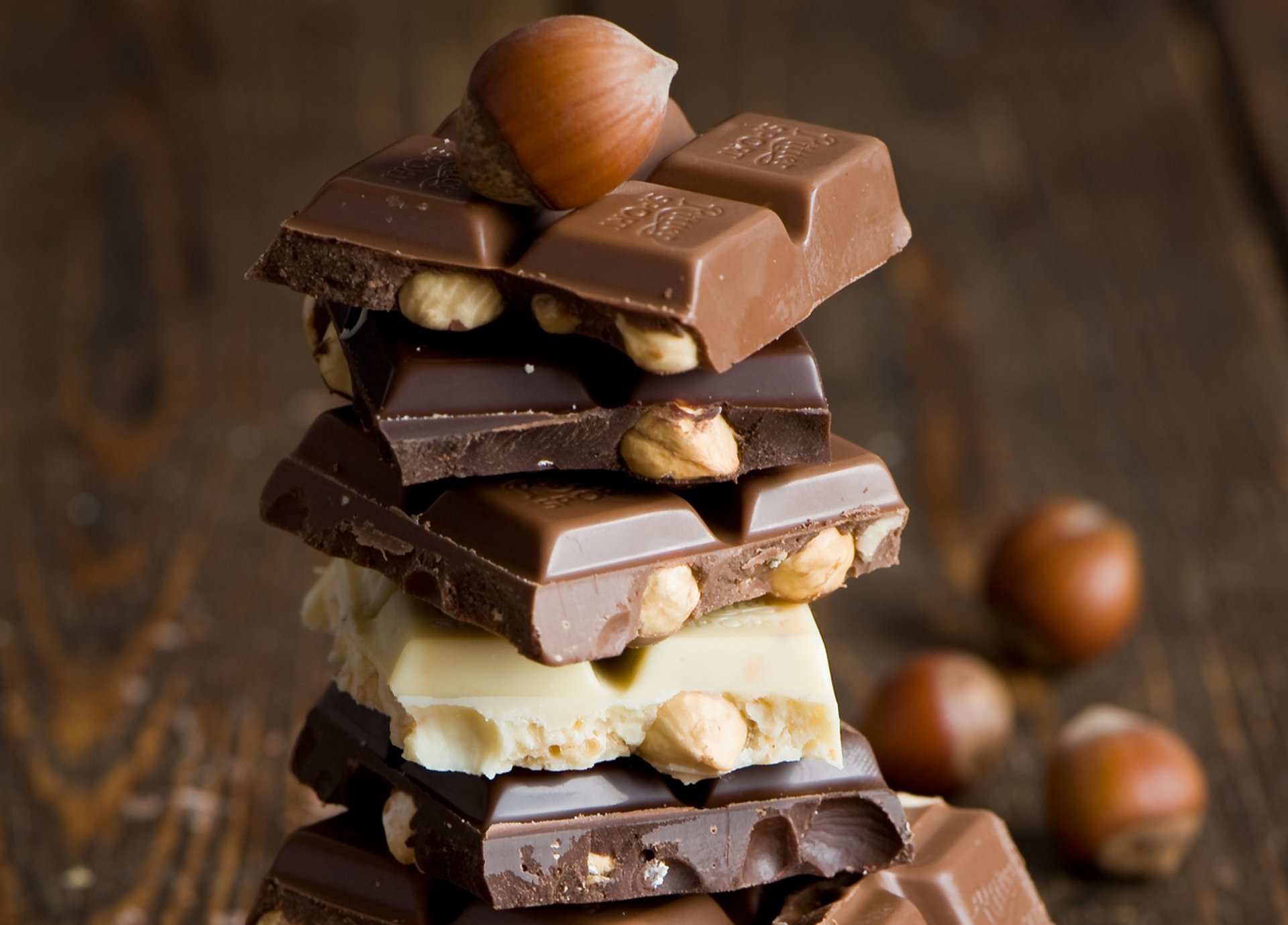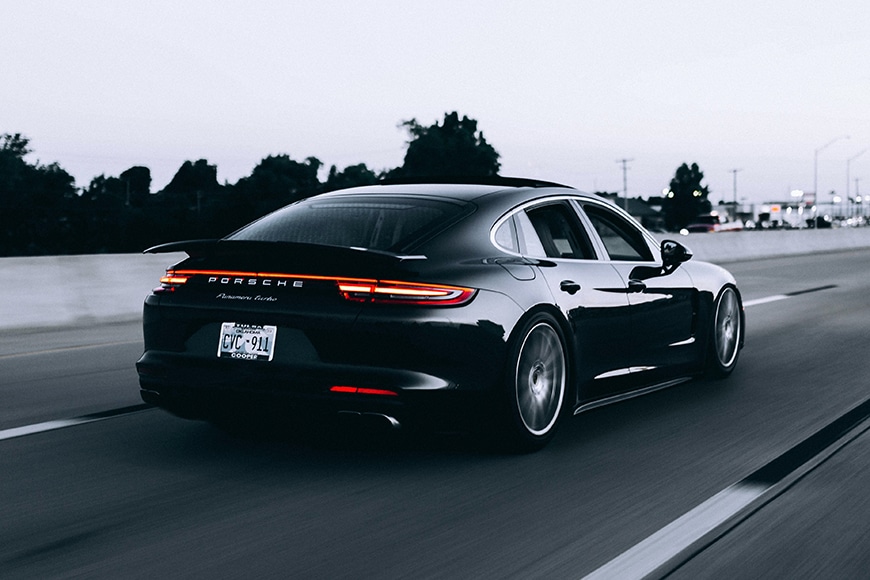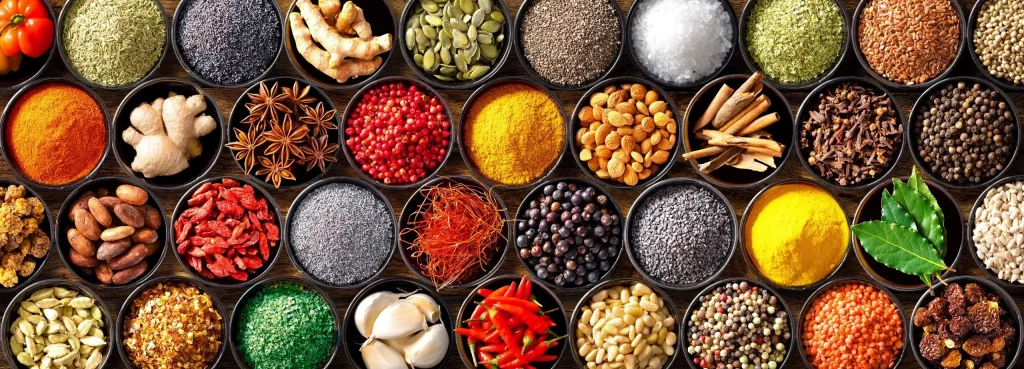Chocolate, that rich, decadent treat that many of us can’t seem to get enough of, has a history as deep and complex as its flavors. Today, it’s a common treat available in myriad forms worldwide, but its journey from an exotic luxury item to a household staple is a fascinating tale, steeped in history, culture, and innovation.
The Ancient Beginnings
Chocolate’s story begins in the ancient rainforests of Central and South America, where the cacao tree, Theobroma cacao, was first cultivated. The earliest known consumers of cacao were the Olmec civilization, around 1500 BC. However, it was the Mayans and Aztecs who truly popularized it. For them, chocolate wasn’t a sweet treat, but a bitter beverage. It was made from ground cacao beans mixed with spices, water, and sometimes chili peppers, and was often consumed during religious ceremonies and used as a medicinal drink.
Chocolate as a Symbol of Luxury and Power
For the Mayans and Aztecs, chocolate was more than just a drink; it was a symbol of luxury and power. Cacao beans were so valued that they were used as currency. The Aztec Emperor Montezuma II reportedly drank gallons of chocolate each day for energy and as an aphrodisiac.
Journey to Europe
Chocolate made its way to Europe in the 16th century through Spanish explorers. Once in Europe, sugar was added to the bitter brew, transforming it into the sweet delicacy that’s more recognizable today. Initially, chocolate was a luxury item, enjoyed exclusively by the elite in European society. It was expensive to produce and considered a status symbol.
Industrial Revolution and Mass Production
The Industrial Revolution was a turning point in the history of chocolate. In the 19th century, new machinery and methods allowed for mass production of chocolate. In 1828, Dutch chemist Coenraad Johannes van Houten invented the cocoa press, which extracted the cocoa butter from roasted cacao beans. This led to the creation of cocoa powder, which made it easier to mix with water. Later, in the mid-19th century, the first solid chocolate was created, leading to the development of the modern chocolate bar.
Chocolate in Modern Times
In the 20th century, chocolate continued to evolve with innovations like milk chocolate and white chocolate. Today, it is a global industry, with a variety of products ranging from affordable candy bars to high-end artisan chocolates. Chocolate has become an everyday indulgence and a staple in households and celebrations around the world.
Conclusion
The history of chocolate is a journey from ancient ceremonial use to modern-day ubiquity. Its transformation from an elite luxury to an accessible treat is a testament to human ingenuity and cultural exchange. As we enjoy our next piece of chocolate, let’s take a moment to appreciate its rich, storied past, a narrative as complex and satisfying as the chocolate itself. 🍫🌿🌎🚢🏭🎉


